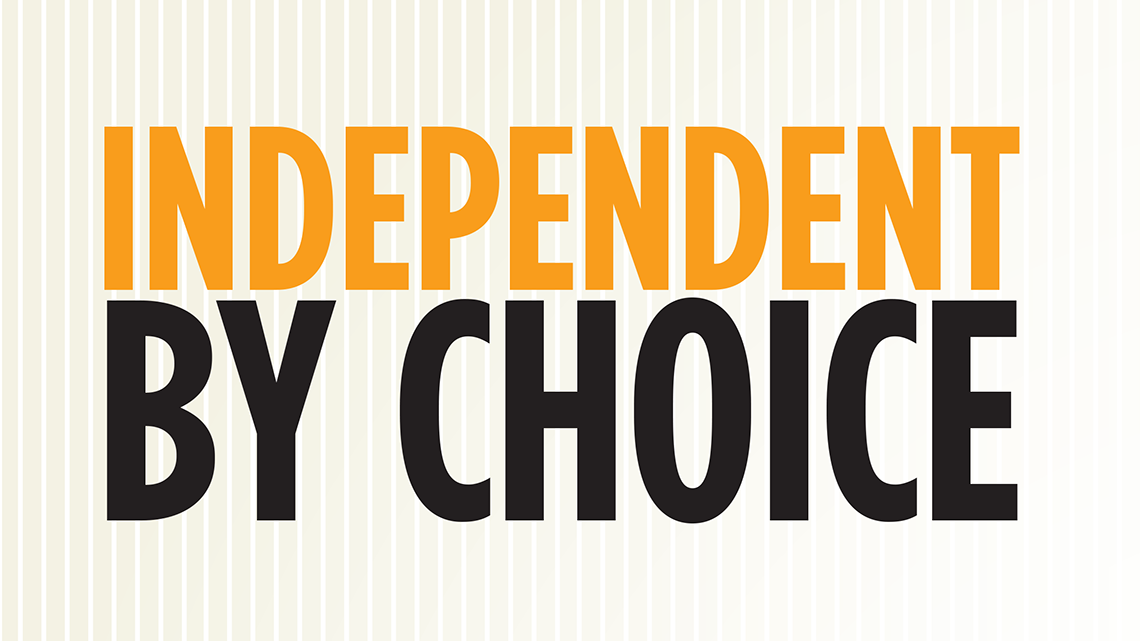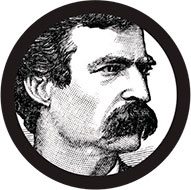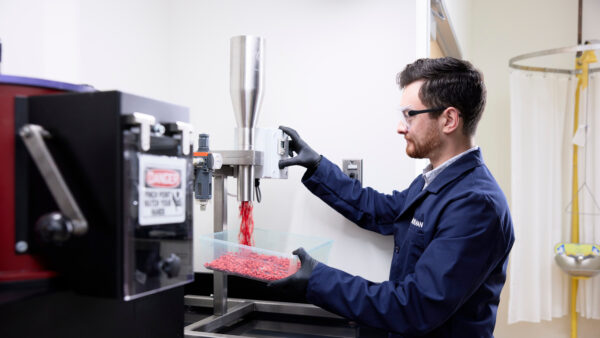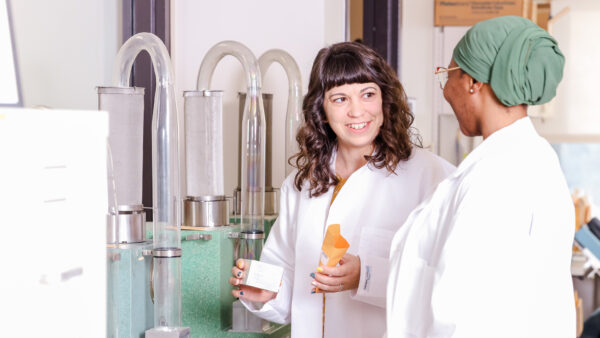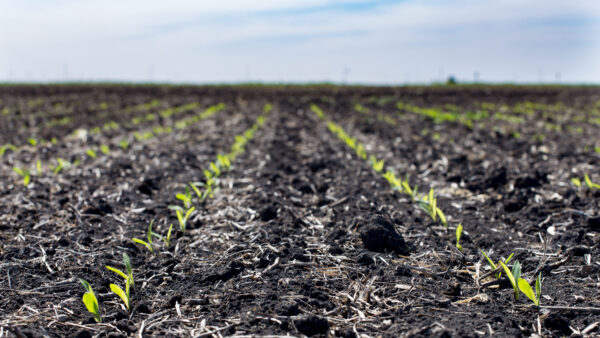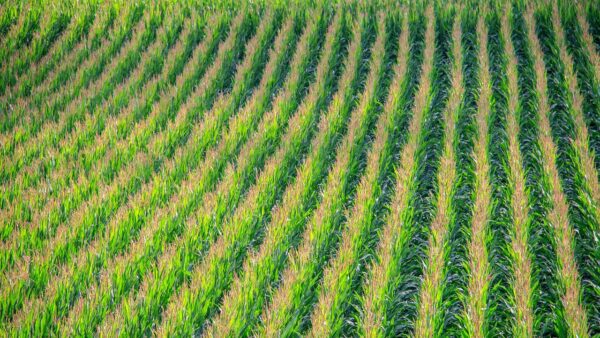Regional, independent seed companies are thriving.
Independent Professional Seed Association CEO
Mark Twain is quoted as having said “the rumors of my death have been greatly exaggerated.” Rapid consolidation in the seed industry during the past two decades could cause some regional, independent seed companies to feel the same way. However, I’m proud to report that regional, independent seed brands are alive and well across the United States and internationally.
The total number of seed brands peaked in the mid 1900s and then reached all-time lows in the late 90s, after chemical companies recognized their future hinged on owning germplasm and the ability to market products directly to farmers.
As these seed companies were acquired, market share began shifting from local and regional ownership to nationally-focused companies.
The untold story lies in the recent past, as market share represented by regional, independently-owned seed brands has returned to previous levels, and collectively would represent the third largest seed brand in the United States. These regional seed brands have remained independent by choice — and farmers appreciate these additional options in the seed marketplace.
As land, equipment and other input costs have increased, seed performance is more important than ever. Competitive yields have become table stakes in this poker game, and weed and insect-resistance are the first ante. Considering the consolidation of germplasm and market share in the seed industry, how do regional companies remain so optimistic?
“The rumors of my death have been greatly exaggerated.”
— Mark Twain
One could point to a number of factors impacting regional seed brands today. For instance, more prevalent out-licensing opportunities exist today than in the recent past, creating unheard of competition for space in seed product guides. Also, high-performing biotech packages are entering the marketplace and providing new choices for growers. Weed resistance challenges have caused a resurgence in non-traited seed in many parts of the country, but without having to compromise on yield. A variety of seed treatment products, both chemical and biological, help protect the investment in seed performance and viability.
Germplasm, biotechnology and seed treatments — are these tools alone enough to help regional, independently-owned seed brands be viable in a competitive marketplace? They certainly help, but as Paul Harvey used to say, “here’s the rest of the story.”
Unique Genetic Combinations
Regional seed companies can select germplasm combinations from no fewer than six different genetic suppliers, and make combinations among those suppliers that are unique in the marketplace.
Local Products
Genetics, traits and seed treatments that are tailored to the unique agronomic needs of a farm rather than broadly designed to fit “from sea to shining sea” help differentiate regional seed companies. With agriculture’s inherent risks, it’s more important than ever to minimize those risks with products tailored to address your unique agronomic challenges.
“Competitive yields have become table stakes in this poker game, and weed-and insect-resistance are the first ante.”
— Greg Ruehle
Customer Service
These same companies live where farmers live, are accessible and support what’s important to them. While customer service might sound passé to some, agriculture remains a handshake business.
Responsiveness
Meeting a customer’s product needs is a given these days. Responsive suppliers also help customers meet their goals through agronomic research, the use of new technologies and other services becoming more prevalent in agriculture.
Most of today’s regional, independent seed brands have remained independent by choice. In doing so, they contribute to the number of choices available for growers across the country.


